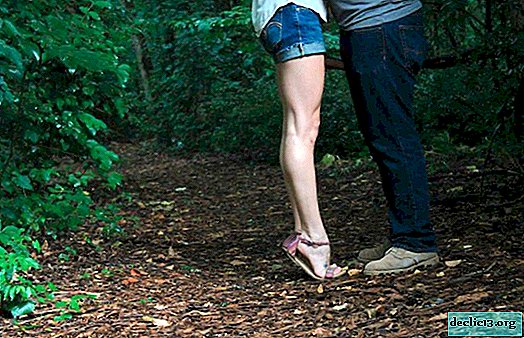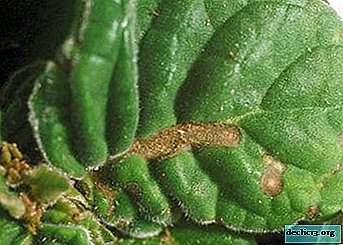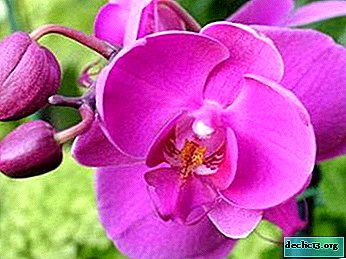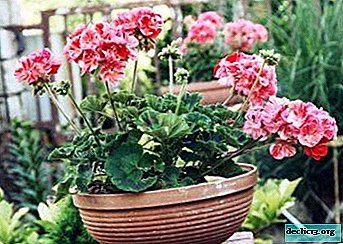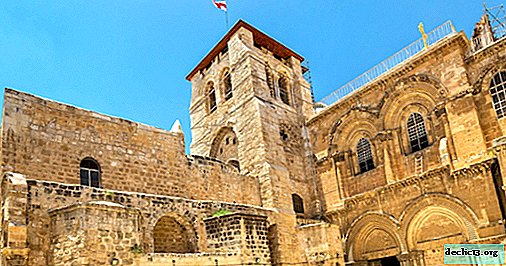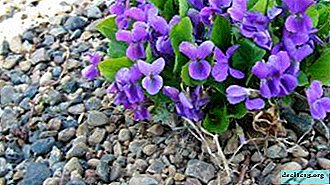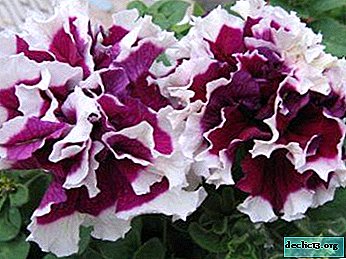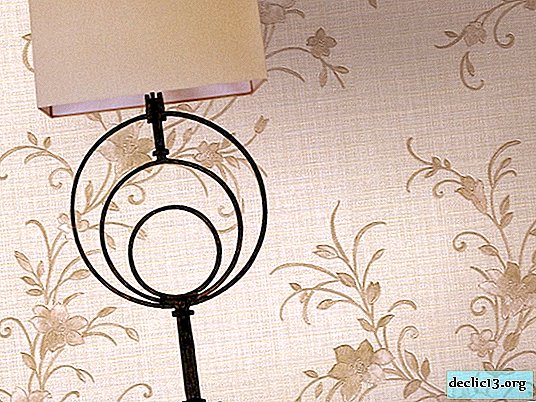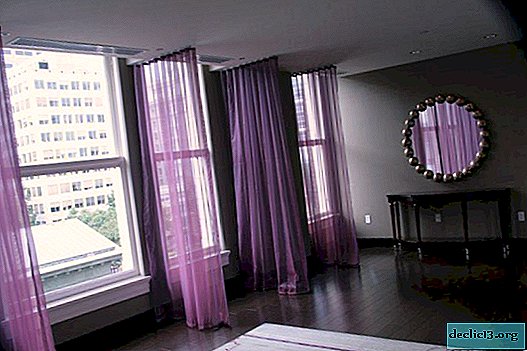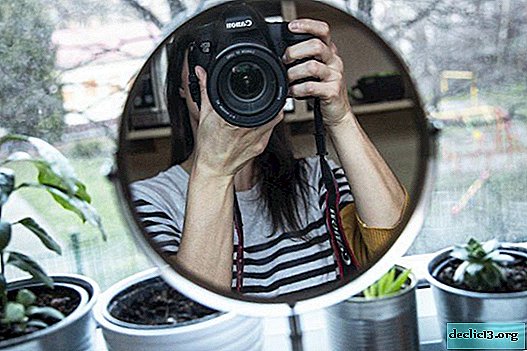Stylish decoration of the collection of succulents - Crassula "Buddha's Temple" (Buddha's Temple). Photo, description, cultivation

Succulents from the Tolstyankov family are one of the favorite representatives of indoor flora in Russia and abroad.
Everyone knows the tree-like fatty - it is also a "money tree". But, fortunately, this family is not limited to familiar trees.
It is rich in more exotic species and varieties. The fat woman "Temple of the Buddha" is one of the most distinctive and impressive. Let's talk more about this exotic and very beautiful plant.
Description and specifications
Crassula 'Buddha's Temple' - Crassula 'Temple of the Buddha' (Buddha temple, Buddha pagoda), belongs to the family of Tolstyankovye, dicotyledonous plants of the order stone-flowered. Crassulaceae (Crassula) are succulent plants. They have fleshy leaves and stems in which they accumulate moisture.
They grow in the southern part of the globe, usually in arid, desert or highlands of Africa and South America. Crassula "Buddha's Temple" (Buddha's Temple) - artificially bred in 1959, a variety.
The author of the Crassula 'Buddha's Temple' cultivar is Miron Kimnach. The hybrid was bred on the basis of two species: Crassula pyramidalis and Crassula perfoliata."Buddha Temple", as you might guess by its name, the plant is very unusual. You can even call it unique. In shape, it is like columns with a square or cross-section and four vertices. Leaves grow densely throughout the stem one above the other. The whole "construction" looks like a magnificent green Buddhist pagoda.
Growing up to about 15 centimeters in height, elongated shoots can bend to the ground. Gracefully curved stems in this case become like the neck of a snake or dragonin in green scales. It blooms with tassels of small, elongated flowers of red or pinkish-white color. Flowering can be quite frequent if the plant has suitable conditions.
The fat woman "Temple of the Buddha", like many other grassroots, cannot be called the most difficult plant to care for. However, certain rules are very important to observe. This plant is quite expensive, it requires attention to itself, one way or another. Some lovers find it more moody than other species of the family. In good conditions, a fat woman can live quite a long time, up to ten years.
Photo of fat girl
Here you can see photos of the Crassula Buddha's temple:




Home Care
| Lighting | It needs a lot of sun, then the plant will be in good regular shape, with thick beautiful shoots. |
| Temperature | As for other crassulas, in spring and summer - 20-25aboutC, in autumn and winter - a decrease in temperature to + 10-15. |
| Location | Shaded places or those that the sun illuminates only a few hours a day will not work. |
| Watering | It is a very drought tolerant plant. It is necessary to protect it from overflow. Watering - strictly after the soil is completely dry. The less often, the better. In winter - once a month or less (see leaf condition). |
| Air humidity | Normal, no additional measures are required, except for spraying and rubbing the leaves as needed. |
| Top dressing | Better less often. As with watering. |
| The soil | Sufficiently nutritious, but loose soil, well-drying, breathable. The soil should be without peat! A storefront will not work. Better to take turf soil in combination with a lot of sand. Be sure to add pebbles, pieces of brick for drainage. |
| Pruning | You can trim at the request and measure of growth of the baby appearing on the stems. |
View Features
 To propagate the fatty "Temple of the Buddha" can be cuttings or leaves. Cuttings need to be dried in an upright position for 7-14 days. You need to root without water, directly in the ground. The stem with leaves is not buried in the ground, but is fixed in a vertical position on the soil surface (there should be a layer of sand on top). You can deepen a little stem without leaves.
To propagate the fatty "Temple of the Buddha" can be cuttings or leaves. Cuttings need to be dried in an upright position for 7-14 days. You need to root without water, directly in the ground. The stem with leaves is not buried in the ground, but is fixed in a vertical position on the soil surface (there should be a layer of sand on top). You can deepen a little stem without leaves.
Leaves for propagation must be dried for about one to two days, then vertically placed on the ground (earth plus sand in a 1: 1 ratio). Transplant the plant as needed. If the plant was bought from foreign breeders or in a store - with a home transplant, it is necessary to carefully clean the roots of peat residues.
Possible difficulties
- Overflow and lack of light. The plant may deteriorate or stretch out and lose its decorative effect.
- The problem will be the wrong choice of pot. Too big a pot is not suitable, for this variety it is especially important to select small containers, a little more than the root volume of the plant.
- The plant grows and develops rather slowly. An adult Crassula will grow from a leaf or a cut in a year and a half or more. Then it grows a few centimeters per year.
Which plants look like a money tree?
- Crassula pyramidalis biesiespoort (Crassula pyramidal). One of the ancestors of the Buddha Temple. The plant is very similar in columnar form to the "Temple of the Buddha", but slightly different in texture.
- Crassula cv.'morgan's beauty '(Crassula "morgans beauty"). Also a very interesting design of overlapping leaves. Cute flower hats are also very impressive to collectors.
- Crassula cv. moon glow (Crassula "moonlight"). Pleasant-looking "columns" or even "bumps" of plump, round-ovate leaves. If you liked the “Buddha Temple” and want something in the same spirit, “moonlight” will be in the subject.
- Pachyphytum oviferum (Oviferous pachyphytum). Another very ornamental shrub with plump leaves, but no longer green, but in gray-blue-pink tones with a waxy coating. It produces a long peduncle and blooms with flowers resembling small bells.
- Astrophytum (Cacti of the genus Astrophytum). If you want a plant with an irregular shape, then these cacti will certainly interest you. Spherical "body", pronounced ribbing. Some varieties in cross section even resemble the Buddha Temple. And yet - they know how to bloom beautifully.
The Fat Temple Buddha Buddha surely can be the most stylish decoration in your collection of succulents. Despite some demands on compliance with the conditions, it is definitely worth buying and starting to grow. It is very unique, interesting and able to enchant anyone with its beauty.

